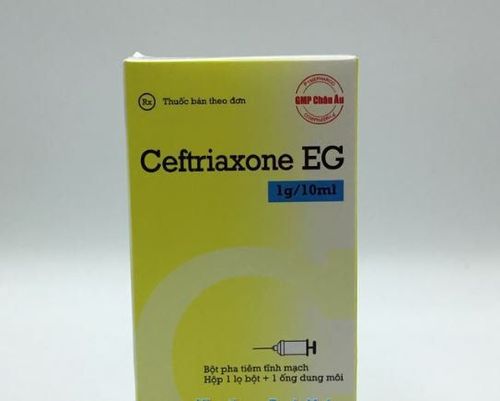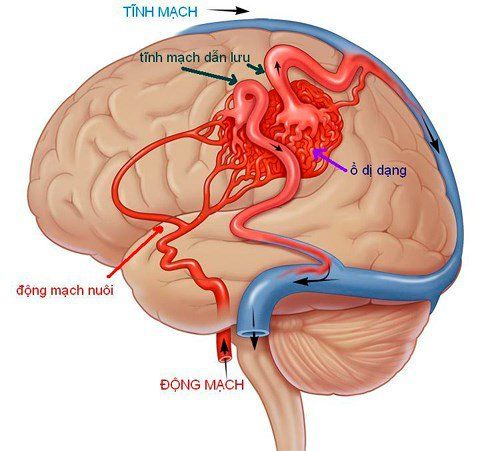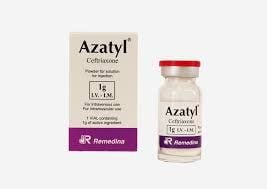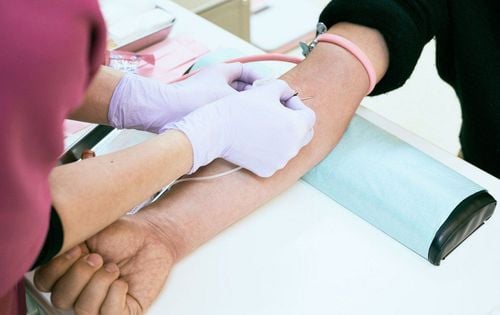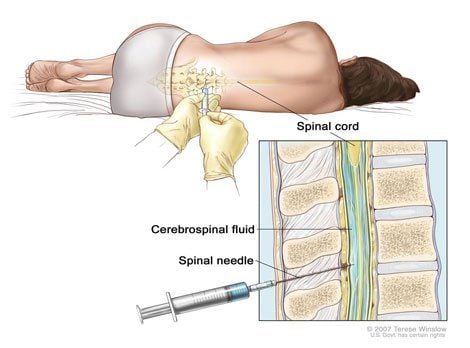This is an automatically translated article.
The article was professionally consulted by Specialist Doctor I Nguyen Thi My Linh - Neonatologist - Department of Pediatrics - Neonatology - Vinmec Danang International General Hospital. Specialist Doctor I Nguyen Thi My Linh has 12 years of experience in diagnosing and treating pediatric diseases.Meningitis is an infection of the tissue layers around the brain and spinal cord. pathogens such as HI bacteria, pneumococcus, meningococcal, viruses, and fungi can cause meningitis. Lumbar puncture is the most important method for diagnosing meningitis.
1. Tests to diagnose meningitis
The meninges are responsible for protecting and supporting the central nervous system (CNS).The meninges form a protective barrier that protects the sensitive organs of the CNS against injury. The meninges also contain an abundant supply of blood vessels that supply blood to the CNS tissue.
Another important function of the meninges is that it produces cerebrospinal fluid. This clear fluid fills the cavities of the ventricles and surrounds the brain and spinal cord. Cerebrospinal fluid protects and nourishes CNS tissue by acting as a shock absorber, by circulating nutrients, and by removing waste products.
When there are signs of suspected meningitis, the methods used to diagnose and test for meningitis are:
Spinal puncture : Also known as Cerebrospinal fluid puncture. In meningitis, the central nervous system is damaged by fluid, and the cerebrospinal fluid will also have corresponding changes. This is a method of aspiration to take spinal fluid, then bring it for testing to determine the severity of the disease. importance of inflammation, pathogens and microbial susceptibility to medicinal products. This is the most important technique in the diagnosis of meningitis. Blood test: Helps to assess the extent of the infection. In some cases, a blood culture may be necessary to identify the causative agent. Physical imaging tests (CT, MRI): Used to diagnose complications of meningitis affecting the brain.
2. Learn the method of lumbar puncture

A lumbar puncture is also known as a lumbar puncture. live (spinal tap). This procedure involves inserting a fine needle into the lower back to remove the fluid that covers the spinal cord and brain, called cerebrospinal fluid or CSF. The needle is inserted properly into the sac of fluid below the spinal column. The lower back is generally considered the safest place to get this fluid to be sent for laboratory testing.
This is similar to a procedure that helps women relieve pain during childbirth called Spinal Anesthesia or Epidural Anesthesia, except that in childbirth the anesthetic is injected into the cerebrospinal fluid , instead of taking a sample of the cerebrospinal fluid.
3. How is a lumbar puncture performed?
This procedure can be done while sitting or lying down. The doctor will tell the patient what position to be in. The patient's back will be thoroughly cleaned with an antiseptic and a covering will be placed on the patient's back to keep the area sterile. It's important not to move while the procedure is done - let your doctor know if a comfortable position isn't available, or if you need to move for some reason.Usually there is not much pain because a local anesthetic is used, however, some patients feel slight pain and pressure when the needle is inserted. The doctor will carefully insert the needle between the vertebrae into the fluid-filled space and pull out a few milliliters for testing. This is a difficult procedure and may require more than 1 injection.
After the fluid sample is collected, the needle is withdrawn and a bandage is placed on the injection site. The patient is completely free to sit up and move if desired.
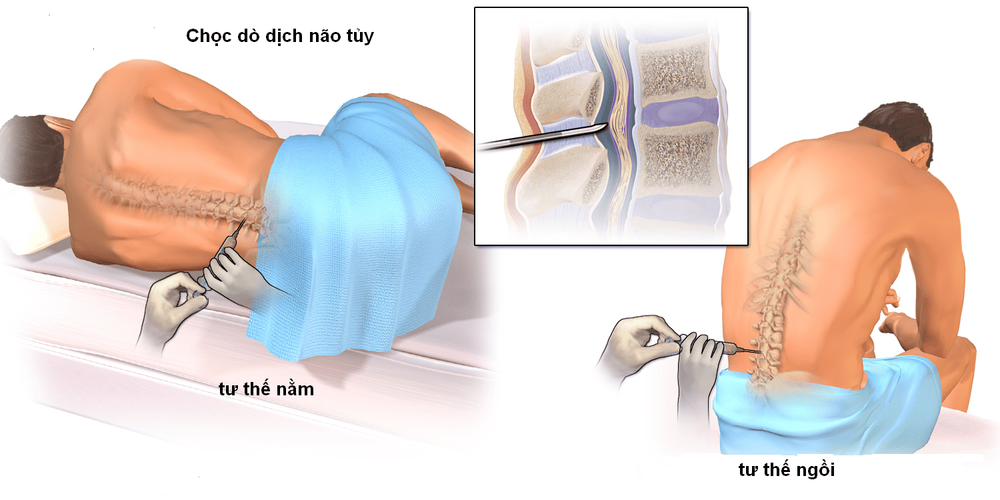
4. Is lumbar puncture safe?
The doctor will use a very small needle to numb the patient's skin first. The patient will feel a stinging sensation when the needle is inserted into the skin and local anesthetic is applied. This only takes a few seconds.Most people feel no pain, but a feeling of pressure in the back, when the lumbar puncture needle is inserted. This varies greatly from patient to patient. If the patient feels sharp pain down the leg, it is necessary to tell the doctor immediately so that the position of the needle can be adjusted to make the patient more comfortable.
Lumbar puncture is performed very often in the emergency department and although patients may feel a bit concerned, these procedures are actually very safe. In most cases, the procedure does not cause problems and does not cause adverse results. Other complications, such as nerve damage and spinal cord damage from bleeding, usually occur only in patients with hemorrhagic disorders and are rare.
Please dial HOTLINE for more information or register for an appointment HERE. Download MyVinmec app to make appointments faster and to manage your bookings easily.






